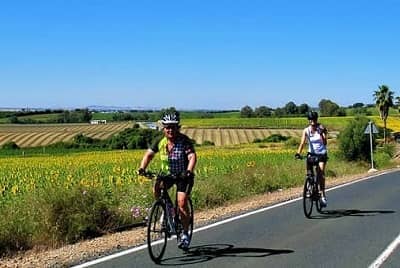The Vikings Raids on Seville
The great city of Seville was the preferred capital in the early days of Muslim Spain. As well as being prosperous, with a rich
history dating back to Roman times, it was situated nearly 100km from the coastline. Consequently, despite its lack of city walls, it was seen as well protected from naval attacks, and thus an ideal place to store much of the wealth of the al-Andalus Emirate.
This illusion, however, was shattered in the year 844 when, on a warm October morning, 54 long boats rowed their way up the Guadalquivir River and landed on the grassy banks on the edge of Seville. Within minutes, hundreds of Vikings had disembarked and had rushed into the unfortified city. Wielding their customary axes and screaming war cries, the Vikings spent the day wreaking havoc. They took vast quantities of booty and captives, before retiring to their camp on the Doñana Estuary.
The episode traumatized the rulers and citizens of Seville, to the extent that they spent much of the next decade bolstering their defences against any possible future attack. Most importantly, this meant building a standing navy for the first time in al-Andalus, a decision which was instrumental in turning the Muslim Emirate into a European super-power in the 9th century.
The newly formed navy enabled al-Andalus to control the straits between Europe and Africa, as well as a large part of the Mediterranean. They set up an important stronghold on the south of France (Frejus), which served as a base for raids along the Rhone River, and they also controlled the waters around Mallorca and the Catalan Coast. This control of the seas allowed al-Andalus to dominated trade in the region, both by transporting their own goods and by seizing those of rival interests.
In Spring 859 the Vikings sailed back towards al-Andalus, raiding Mallorca on their way back to the Atlantic and the homeward trip to Scandinavia. However, the new Amir - Muhammad I - had anticipated the move and caught up with the Viking fleet shortly after they had left Mallorca. The Vikings were in a perilous situation, with their long boats no match for the rugged ships of the purpose built al-Andalus navy.
However, with remarkable ingenuity, the Vikings surprised the Muslims by heading straight towards the Spanish mainland and entering the Ebro River, to the south of Barcelona. They continued up the Ebro River, which was far more easy to navigate in their long boats than in the large sea vessels of the Andalusi navy, and continued rowing upstream. They passed under the impressive Roman Bridge in Zaragoza - the largest Andalusi town in northern Spain.
They eventually disembarked near the town of Pamplona and, being Vikings, they sacked the town and captured the local Christian King - Garsea. Together with their treasure, prisoners and long boats, they marched over the hills of the Basque countryside to the Bay of Biscay. Here they once again took to the water and headed back home, replete with booty and captives to be sold into slavery.
The relationship between the Vikings and Al-Andalus does not quite end there however. By the 10th century most Vikings had left their pagan beliefs behind and had converted to Christianity. Included among these was the chief Rollo who, as part of an agreement to end hostilities with the Frankish Kings, was granted the title 'Duke of Normandy'. Indeed, the name Normandy comes from the word northman in Scandanavian languages, and was named in honour of Rollo. Many Vikings followed their chieftain and became by far the most dominant people in the Normandy region.
The Norman settlers subsequently became among the most active groups in the Crusades of the Medieval era. They were active in both the east (Jerusalem, Constantinople) and in the Iberian peninsula, where they both led and supported Christian armies on punitive raids against the Muslims of al-Andalus. Indeed, Rollo's great, great, great grandson was William the Conquerer - or William I of England. His modernizing of England helped set it on a path that would result in many encounters and struggles with Spain in the following 950 yeears.
To find out more about the incredible history of al-Andalus, check out our city guides to Seville, Cordoba and Granada, as well as our detailed article about the Medina Azahara palace complex and the Birth of Al-Andalus.
If you would like to discover the region first hand, join us on our guided cycling holiday through the region. Led by a qualified historian, this trip visits the most interesting historic sites from across various eras, all while riding through the stunning landscapes of southern Spain.
We also run a Self-Guided cycling holiday from Seville to Granada. You can find full details of the itinerary and tour dates by following the links below.
This illusion, however, was shattered in the year 844 when, on a warm October morning, 54 long boats rowed their way up the Guadalquivir River and landed on the grassy banks on the edge of Seville. Within minutes, hundreds of Vikings had disembarked and had rushed into the unfortified city. Wielding their customary axes and screaming war cries, the Vikings spent the day wreaking havoc. They took vast quantities of booty and captives, before retiring to their camp on the Doñana Estuary.
Al-Andalus Reaction and Consolidation
In the following days more Viking raiders arrived and they continued to loot and ravage Seville for another week, as the citizens fled to the nearby town of Carmona. Meanwhile, the Muslims, led by Abd al-Rahman II sent for reinforcements and, in early November, they fought back. Supported by the finest Umayyad cavalry, the Muslims inflicted heavy losses on the Vikings, many of whom were executed in full view of their retreating compatriots.The episode traumatized the rulers and citizens of Seville, to the extent that they spent much of the next decade bolstering their defences against any possible future attack. Most importantly, this meant building a standing navy for the first time in al-Andalus, a decision which was instrumental in turning the Muslim Emirate into a European super-power in the 9th century.
The newly formed navy enabled al-Andalus to control the straits between Europe and Africa, as well as a large part of the Mediterranean. They set up an important stronghold on the south of France (Frejus), which served as a base for raids along the Rhone River, and they also controlled the waters around Mallorca and the Catalan Coast. This control of the seas allowed al-Andalus to dominated trade in the region, both by transporting their own goods and by seizing those of rival interests.
The Return of the Vikings - An Epic Escape
It took fourteen years before the Vikings attempted to return to al-Andalus. This time, the Muslims were ready. In 858 the newly formed navy intercepted the Viking long boats off the coast of Lisbon, forcing the Vikings to abandon their plans to raid the valley around Seville. However, the Vikings were not quitters and they quickly changed plan, continuing along the southern coast of Spain. They sacked the port town of Algeciras, burning its mosque and capturing significant amounts of treasure. After being chased off by the navy, they made their way around the Spanish coast and made a base for the winter on the south of France, at the Camargue Delta.In Spring 859 the Vikings sailed back towards al-Andalus, raiding Mallorca on their way back to the Atlantic and the homeward trip to Scandinavia. However, the new Amir - Muhammad I - had anticipated the move and caught up with the Viking fleet shortly after they had left Mallorca. The Vikings were in a perilous situation, with their long boats no match for the rugged ships of the purpose built al-Andalus navy.
However, with remarkable ingenuity, the Vikings surprised the Muslims by heading straight towards the Spanish mainland and entering the Ebro River, to the south of Barcelona. They continued up the Ebro River, which was far more easy to navigate in their long boats than in the large sea vessels of the Andalusi navy, and continued rowing upstream. They passed under the impressive Roman Bridge in Zaragoza - the largest Andalusi town in northern Spain.
They eventually disembarked near the town of Pamplona and, being Vikings, they sacked the town and captured the local Christian King - Garsea. Together with their treasure, prisoners and long boats, they marched over the hills of the Basque countryside to the Bay of Biscay. Here they once again took to the water and headed back home, replete with booty and captives to be sold into slavery.
The Viking Legacy in Spain & Europe
This epic Viking adventure was led by Bjorn Ironsides and Hastein - sons of the legendary leader Ragnar Lodbrok. The Vikings did not return again to Al-Andalus until the 960s when they attempted to raid Lisbon. However, by this time al-Andalus was an extremely rich and powerful caliphate, and it easily defeated the invaders.The relationship between the Vikings and Al-Andalus does not quite end there however. By the 10th century most Vikings had left their pagan beliefs behind and had converted to Christianity. Included among these was the chief Rollo who, as part of an agreement to end hostilities with the Frankish Kings, was granted the title 'Duke of Normandy'. Indeed, the name Normandy comes from the word northman in Scandanavian languages, and was named in honour of Rollo. Many Vikings followed their chieftain and became by far the most dominant people in the Normandy region.
The Norman settlers subsequently became among the most active groups in the Crusades of the Medieval era. They were active in both the east (Jerusalem, Constantinople) and in the Iberian peninsula, where they both led and supported Christian armies on punitive raids against the Muslims of al-Andalus. Indeed, Rollo's great, great, great grandson was William the Conquerer - or William I of England. His modernizing of England helped set it on a path that would result in many encounters and struggles with Spain in the following 950 yeears.
To find out more about the incredible history of al-Andalus, check out our city guides to Seville, Cordoba and Granada, as well as our detailed article about the Medina Azahara palace complex and the Birth of Al-Andalus.
If you would like to discover the region first hand, join us on our guided cycling holiday through the region. Led by a qualified historian, this trip visits the most interesting historic sites from across various eras, all while riding through the stunning landscapes of southern Spain.
We also run a Self-Guided cycling holiday from Seville to Granada. You can find full details of the itinerary and tour dates by following the links below.
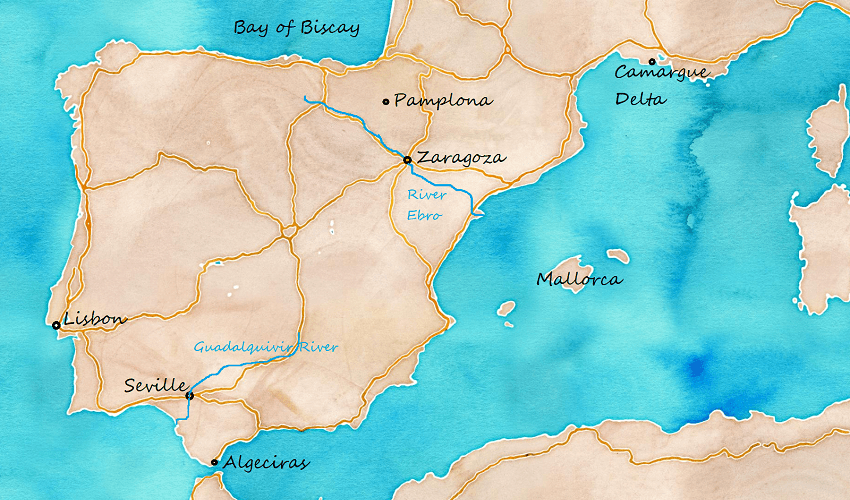
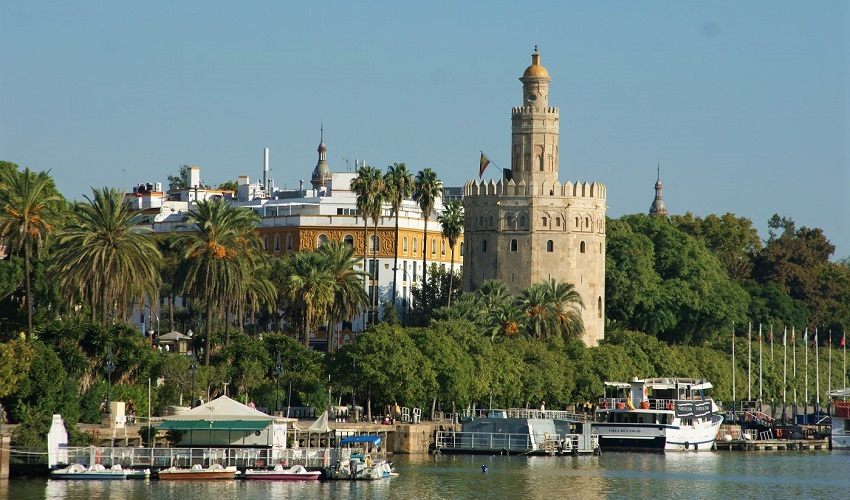
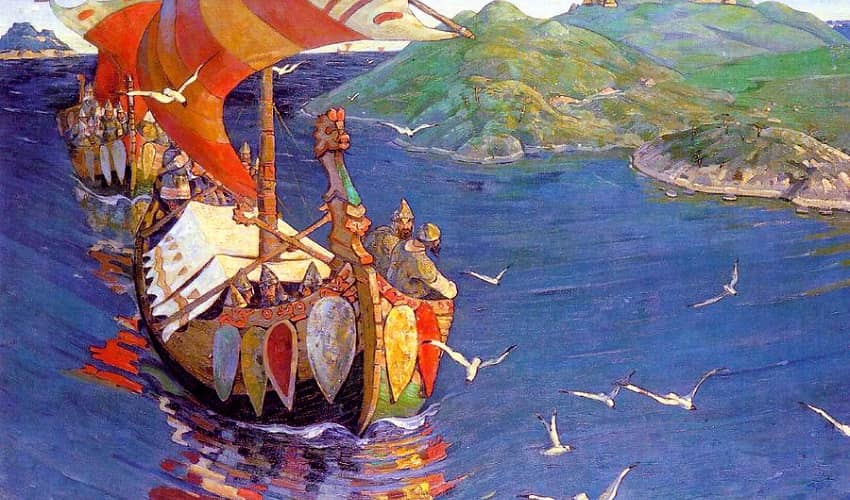
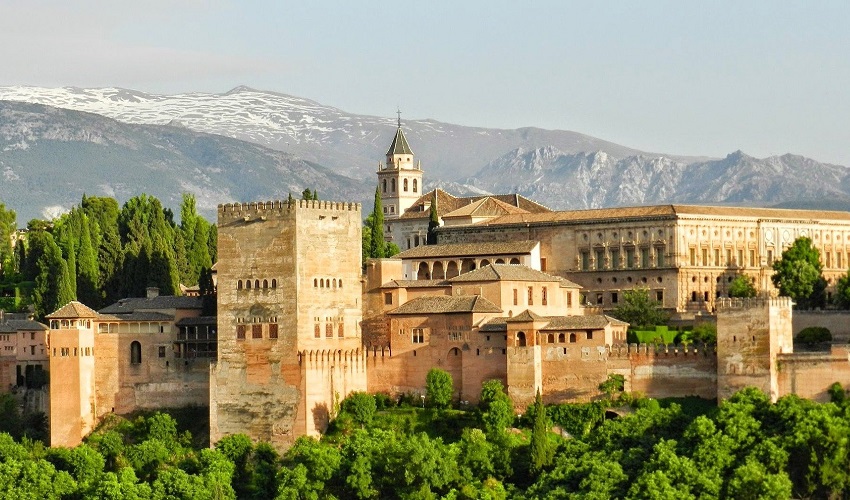
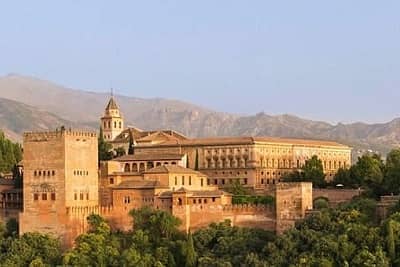
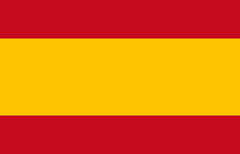 Spain
Spain
